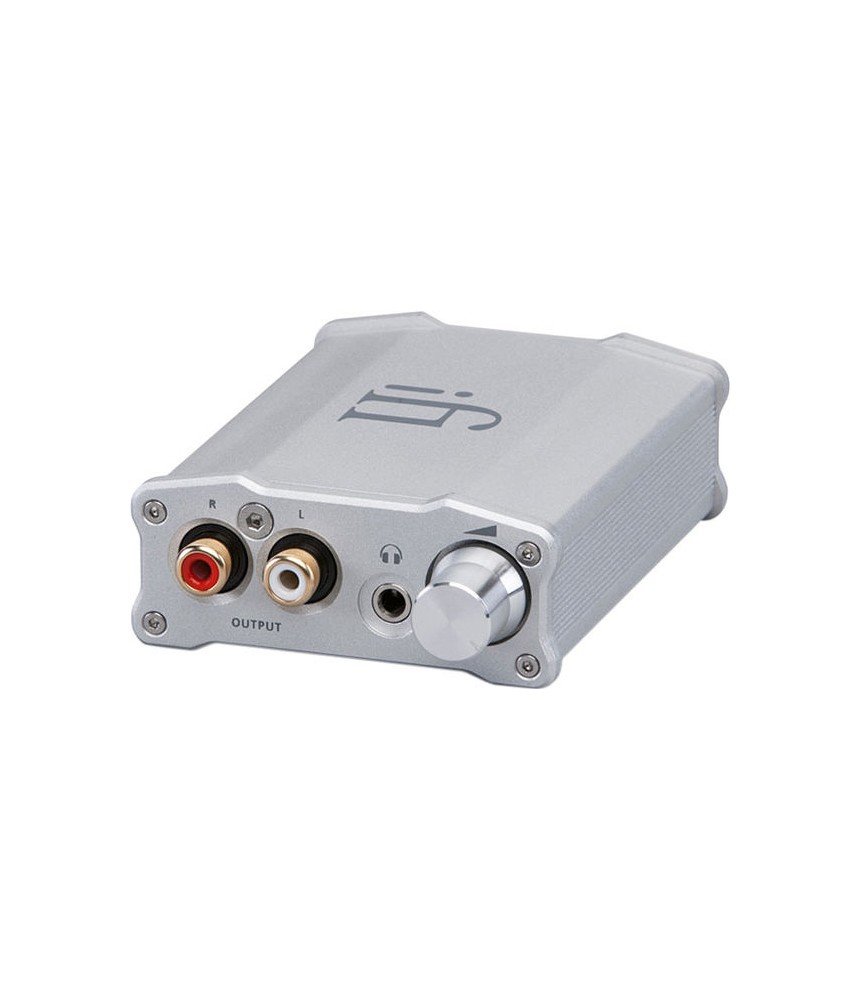
I don't think Roon buffers much in memory beyond that which it may need for further network communication to Roon ready/tested network DAC devices. What sort of improvement did the M-Scaler bring? I am intrigued by you use of the Chord M-Scaler\Qutest by the way. you don't need a streaming transport like the Auralic to get the music out!
#Bitperfect vs software
The Innuos ZEN is, like the Melco mentioned above, a music server but it's got client side software on it to play the music it stores i.e. They all come with a disc of some sort to store ripped CD's and downloaded music. Many of the manufacturer exhibiting were using them as the source for their demos. I was speaking to the Chord rep at the the North West Hifi show about the one they were using to supply the music for demo of the M Scaler and TT2 and he swore by it as providing a fantastic source so you may want to look into these. If you are not streaming but playing ripped or downloaded FLAC files attaching a USB drive with the music stored on that might make a difference instead of an ethernet connection to a NAS attached to a router.Īnother streaming device that buffers the music stream in memory are the various Innuos ZEN music servers. Which is contrary to what most manufacturers recommend I think. They also recommend streaming wirelessly and not from a wired connection to your router. Something to do with buffering the stream in memory if I recall correctly.

They even say it sounds better than streaming from Qobuz that is accessed via a Roon server. I think I am right in saying Auralic claim the best quality streaming from a network service is direct from Qobuz. There are quite a lot of variables in the mix including where you stream from. I am not saying this is the case, but it happens and is the reason why double blind tests are used for such assessments. There are also physiological reasons to think that something sounds better. Note these are all maybes rather than absolutes and will vary according the design choices of a DAC. Some devices may dither back to original format (16 bit if CD), some might dither to best format (24 bit after truncation from 32 bit). If any processing is occurring, then it is worth noting that the need to dither back down for transfer over optical/spdif will not most likely not apply when using a device's own DAC instead of external one. This is not always the case.Īs you point out, level processing is something else that can occur, perhaps with differing dither qualities. Often a DAC always runs off its own internal clock and therefore it will asynchronously resample audio data received via SPDIF/Optical, but not for example with its own internal digital sources or USB. The other things is that a digital connection (SPDIF/Optical) may not actually be bit transparent unless the receiving device entirely synchronises itself to the extracted incoming clock. Even over 0.1dB level difference (which is really tiny) maybe sufficient to cause a subconscious bias. Then make sure any auto levelling options and other DSP if available are all switched off so as to ensure that all source are at an identical level. Probably the only way to really test this is streaming of you local NAS a rip of the CD in your CD player. I guess the first question is are you sure you are using the same track(s) from the same master in all tests? Tidal vs Quobux vs CD despite sounding very similar may actually be from different releases, particularly a MQA version. What I'd really like is a new bit perfect Sonos connect So my question is, why? And is there anything I can buy to give the totally unprocessed quality of a CD transport with the convenience of a Sonos type interface. The Auralic was streets ahead of the bluesound (apart from its software which I found dire) but neither sounded as fantastic as my 8 year old CD players optical out? Appreciate my Scaler\DAC cannot decode MQA, but MQA pass thorough should basically leave the stream untouched according to info on both streamers. Both of these were setup as far as I can tell to supply the most accurate unadulterated digital stream (fixed volume-MQA pass through) into my Chord M-Scaler\Qutest\Arcam A49\Kef blade 2 setup.

I borrowed a Bluesound node 2i (£499) & an Auralic Aries G1 (£1899). Reading in various forums that the Sonos was not "bit perfect" even if set to fixed volume I decided to borrow some current kit to see how they fair. After upgrading much of my two channel system I decided my Sonos connect was the weakest link, primarily because the optical out from my trusty Arcam CD37 sounded so much better than the Sonos optical out.


 0 kommentar(er)
0 kommentar(er)
